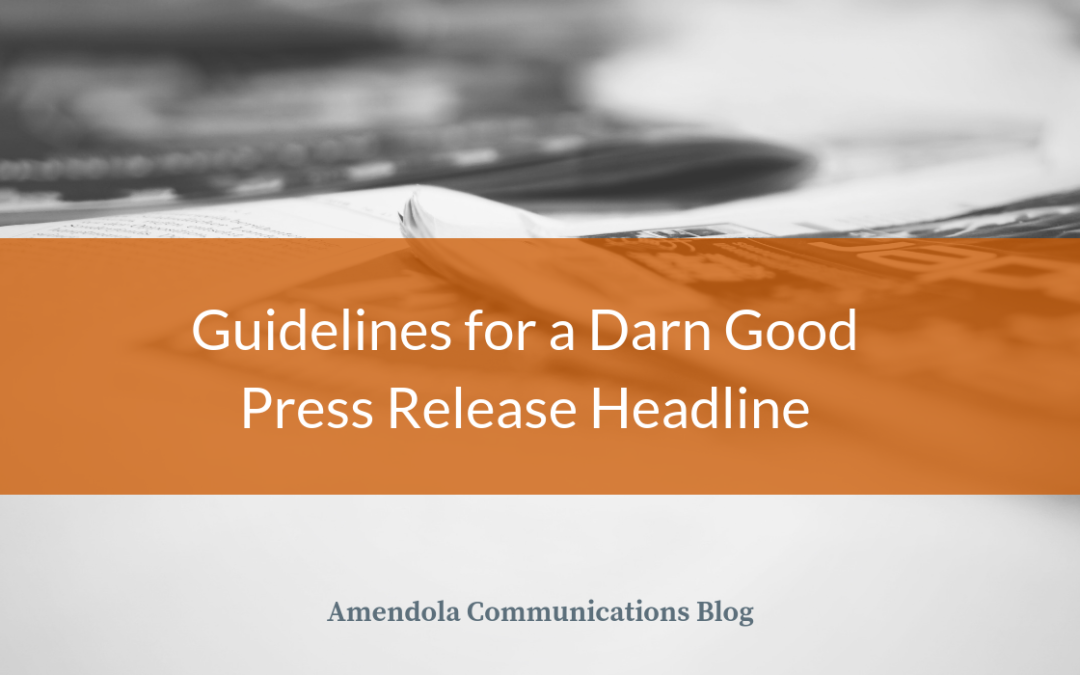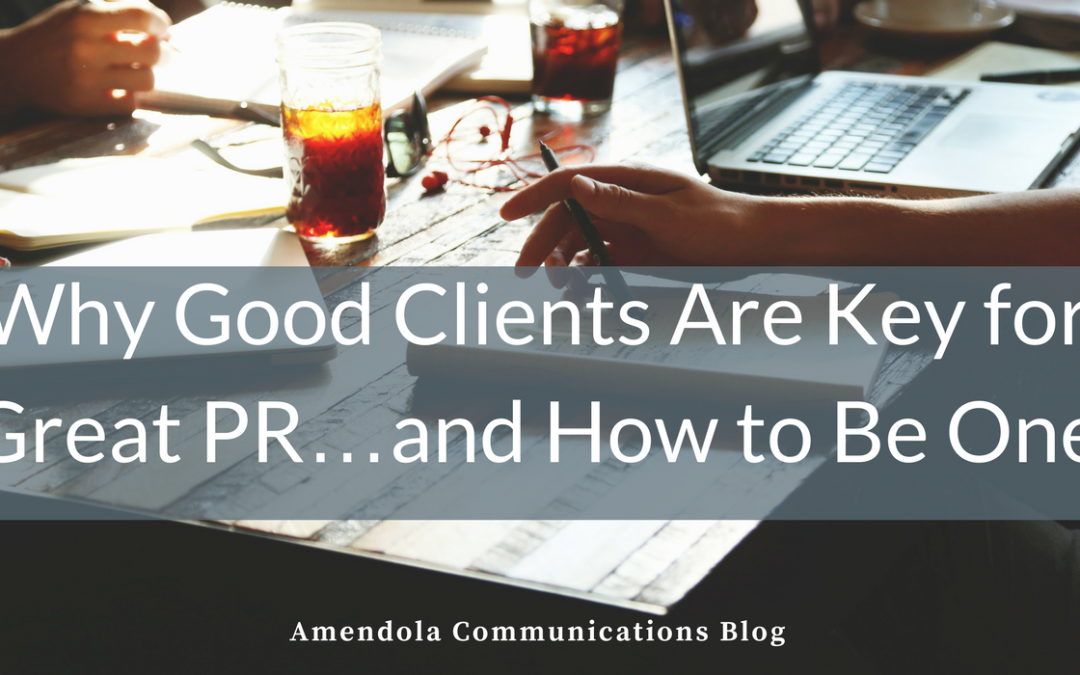
by admin | Dec 11, 2019 | Blog
Healthcare technology companies spend a lot of time urging providers and payers to become “data-driven.” But what about themselves? The fact is, most healthcare tech companies are sitting on goldmines of data that, given a little exploration, could produce intriguing and meaningful insights. In turn, these insights can become marketing and PR gold.
It’s not just analytics companies that have access to a lot of data. Any company that processes digital information in some fashion for its clients presumably has access to sizeable datasets. They are in a prime position to examine this data for patterns and trends.
A clearinghouse for medical claims, as one example, can spot trends in which claim types payers are more likely to deny, and for which reason. In another example, a company with care coordination technology can detect patterns about which health events and conditions require the most collaborative care. And of course, analytics companies have access to any number of data insights.
Once these insights are in hand, how to package them? Here are a few ideas:
- A graphical representation, such as a chart or infographic
- Industry reports
- Byline articles and blog posts
- Press releases
Or bundle all of the above into a larger campaign, especially for those data insights that are sure to make industry waves.
Start by capturing the main data points into a graphical format, which you can brand with your logo. Flesh out these findings in an industry report, which you can announce is now available via a press release. Further market the industry report with social media posts of your graphics.
Many tech-enabled companies outside of healthcare already do this and get national news coverage for it.
So, how can marketing and PR departments get these data insights? The answer lies in understanding what kind of data your organization processes, and forging relationships with the stewards of this data. Even one initial project can show the success of these efforts if the findings reap media coverage or increased social media interaction. And success tends to beget more success.
CEOs can also make it part of the data steward job description to share interesting findings on a monthly or quarterly basis.
The point is to remember that data isn’t just an asset for the healthcare tech company’s customer. It’s of value to the healthcare tech company, too; especially for those inevitable times when news is slow. Rather than wait for a big event to promote, shake up the industry with some big findings and make some data-driven news of your own.

by admin | Jan 23, 2019 | Blog
Editors and journalists get a ridiculous number of press releases in their inbox every day. It isn’t just this week’s news that a press release completes with it’s releases from prior weeks, being re-sent and re-packaged to find new coverage. It’s a tough, competitive world for each press release. Even if you have a newsworthy story, getting eyes on it isn’t always easy. For yours to win, you need a great press release headline that grabs attention, tells a complete story, and makes a reader want to know more.
What is seen first is of utmost importance. Here are some tips for crafting a headline for a press release that maximizes its chance to earn meaningful coverage.
Don’t Clickbait. Do What Newspapers Do.
Baiting people into clicking on terrible stories is a social media norm, popularized by scam websites, gossip rags, and less-than-reputable news sources. And, quite frankly, it isn’t a tactic that works well for educated readers such as those in healthcare IT. While an interesting or fun headline is fine, a journalist isn’t going to be enticed to read a press release unless they know exactly what the press release is about.
Like newspapers and reputable online sources, the headline needs to be a summary of the story, whatever it is. The who, what, when, and where need to exist in the headline. The why is something that can be left for the reader to discover, but the entire “in a nutshell” version of a press release needs to exist in the headline. The selling point of your press release should be its inherent newsworthiness.
Support Your News with Data
If you can, give specifics on your news. If a product showed a 10 percent improvement of patient satisfaction scores in a pilot study, that should be in the headline. If specific numbers exist and they’re impressive, show them off. Burying specifics in the text of a press release is meaningless when the goal of a press release is to earn media coverage anyway.
If you don’t have data, avoid assertive claims. Unless you back them, they shouldn’t be in the headline, since that is just asking for a journalist to press the issue. But when you can, having specific data and numbers is always welcome, since that’s ultimately the meat of any story.
Take an Active Voice
Let me correct what I said above: Product X Shows 10 Percent Rise of Satisfaction in Study. Even if this news is in the past or it’s old news, stick to active voice. Always take the philosophy when writing a headline that this is happening right now. That sends a message that this story is ongoing, worth attention, and hasn’t been covered yet all of which are necessary to earn media coverage.
Don’t Be Afraid to Have Fun
Have you checked the President’s Twitter feed? This is the era of informal communication. The days of a stoic, professional headline for press releases is over. Don’t be afraid to have fun and show a little personality, especially if that’s consistent with your company branding. Even though press releases seem like a formal event blasted through professional channels, they can still be fun. There are no rules here, and creativity is definitely welcome. In fact, a creative, fun headline may help your release standout, especially when a hard news angle isn’t particularly applicable.
Write the Header Last
When I write a press release, I use an ALL CAPs, nonsensical placeholder title, until it’s time to write the real thing. Once the full press release body is written, it’s then that I am able to summarize the story content and get a sense of its tone which is what a headline is supposed to do. It may seem counter-intuitive to work the header last, but it’s an almost necessary part of the press release writing process. A press release headline comes after the story, because if it’s written right, it contains a one-sentence summary of what’s to come.

by Erik Yorke | Nov 14, 2018 | Blog
Many young organizations seeking to amplify their marketing and communications initiatives look to a public relations agency to help augment existing sales and marketing initiatives. But PR is not a one-size-fits-all discipline and it isn’t limited to media relations, as some still believe. Which means there are all types of ways to become a PR client.
Certainly, media coverage can be powerful, but is your organization built in such a way as to attract the kind of coverage needed to move the business needle? Or are there other facets of PR that you should consider that are more targeted and a better fit for how your business works? Let’s start by taking a look at what your current organizational strengths are.
Media Relations Why and Why Not?
Not all organizations are well-suited or prepared to generate media coverage. Earning coverage is already not an easy task, but can be impossible if your organization doesn’t have some key assets.
Asset #1 A Story
To get coverage in the media, whether it’s a trade publication or The New York Times, you need a story. The growing number of journalists publishing on the internet means there are a lot of places for you to potentially see your story. However, despite enthusiasm and passion within your organization for the projects, products, services and industry trends that you’re involved in, journalists often still don’t see the value to their readers. Some questions to ask yourselves that can help determine if your story is a winner for journalists:
How unique is your business or niche? If you do something that a lot of other companies do, or if you produce a commodity product, it will be more difficult to find a story hook.
Do you have SMEs that possess a truly unique experience and point of view on key trends? Personalities can drive coverage, particularly if you have people that are uniquely qualified to discuss certain topics.
Do you have customers in the healthcare realm this typically means providers that are willing to share experiences and outcomes either (or both) patient health outcomes and financial outcomes?
Asset #2 Data
Building off that last point top tier business journalists are always looking for data. They are a skeptical bunch, and claims of performance are not enough. Validation data represents something that media can sink their teeth into. All the better if you have a third-party such as a healthcare provider or a representative from a respected professional association share their data and perspectives on your story.
With those two key assets in mind, we can look at two very common asks that PR pros get from clients; interviews and content marketing.
Interviews
Every organization would love to have its leaders interviewed. But, despite the number of media publishing online, the amount of top-tier publications with editorial staff dedicated to doing interviews and writing in-depth stories is shrinking. That means that the ones that do interviews can be extremely selective. To stand out, you absolutely must have both of the key assets we’ve discusses a great story , and data to back it up. For B2B organizations, this almost always means linking the reporter up with a customer e.g. a physician, a hospital system executive, etc. that can speak to how a solution helped them solve a problem with data that supports the point.
If your organization has a difficult time coaxing customers to speak out on your behalf, interviews will be harder to come by. But there is another option that might work better.
Content Marketing
Such organizations may have a much more successful program if they lean more heavily into content marketing. By producing your own content and sharing it online, through social media, and through email marketing campaigns, you can control your message and time your stories based on your calendar.
Content is also a good alternative to interviews for these kinds of organizations. If your organization is staffed with a group of subject matter experts, you can often find a home for your story by writing it yourself. Most media are understaffed, yet still hungry for content, so bylined articles by your leaders are a great way to get your message out to targeted audiences.
Finding the right fit
Many, if not all, organizations can benefit from including PR in their marketing mix. It’s important, though, to have a good understanding of how your organization can best utilize PR for maximum success.
Setting out on a program heavily focused on media relations may not be the right fit if your organization doesn’t have unique and compelling data to support its claims of market differentiation. But even without a bench of enthusiastic customer champions ready to help you share your story, you can still find success through other channels, such as content marketing.



